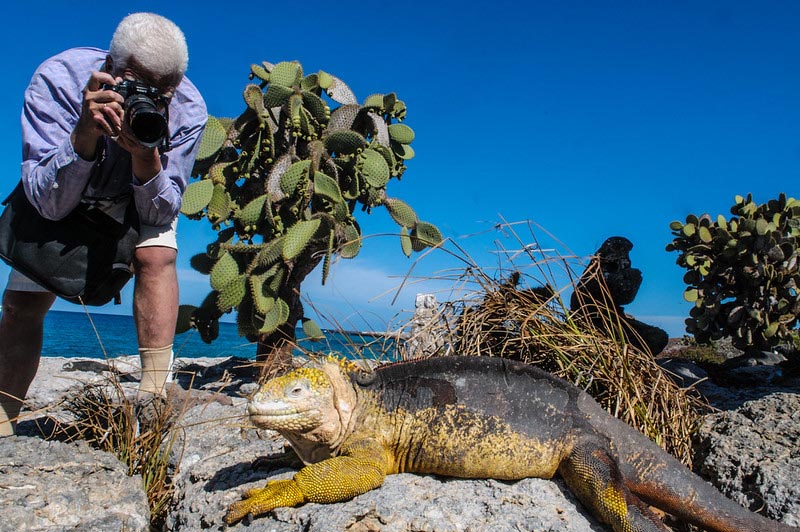The itinerary for the Passion Galapagos tour focuses on Central, Southern, and Northern Islands. It also includes visits to Tower Island and Hood Island, which are two of the Galapagos Islands’ highlights.
Activities: Walking, hiking, snorkeling, swimming, wildlife watching, bird watching
Day 1 : Arrive At Baltra Airport / Santa Cruz (indefatigable) Island
Santa Cruz Island is the largest island in the Central Islands. It has the most human settlements, Puerto Ayora, and many of its tourist attractions.
Caleta Tortuga: Turtle Cove, a mangrove lagoon in Santa Cruz is an excellent example of the way mangroves change marine environments to produce a unique and rich habitat. Sea turtles, rays and sharks will be visible.
Day 2 : Tower (genovesa) Island
Tower Island (Genovesa), a flat eroded volcanic island with a natural harbour, is the caldera submerged of this volcanic isle.
Darwin Bay: This area is dominated by steep cliffs. The area hosts thousands of frigate bird, Noddy’s terns (lava gulls), red-footed boobies, Noddy terns (tropicbirds), doves, Storm petrels, and Darwin finches.
El Barranco: This site has a high chance of seeing “Short-eared Owl”. On the boat rides, you can see fur seals as well as several seabird species.
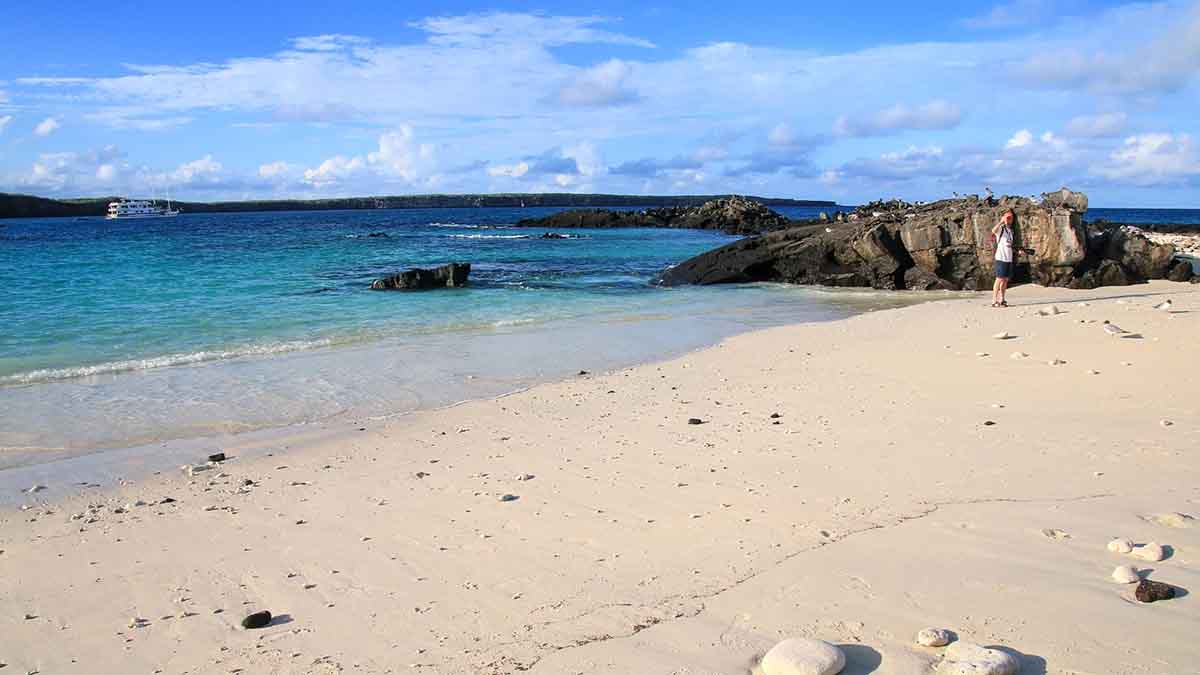
Photo: Donyanedomam
Day 3 : Bartolome (bartholomew) Island / Sombrero Chino (chinese Hat)
Sombrero Chino: Sombrero Chino, a small island of volcanic origin located just southeast of Santiago. Named after its shape, the island is also known as Sombrero Chino. The fauna includes the Galapagos Penguin, Sea Lions, and Marine Iguanas.
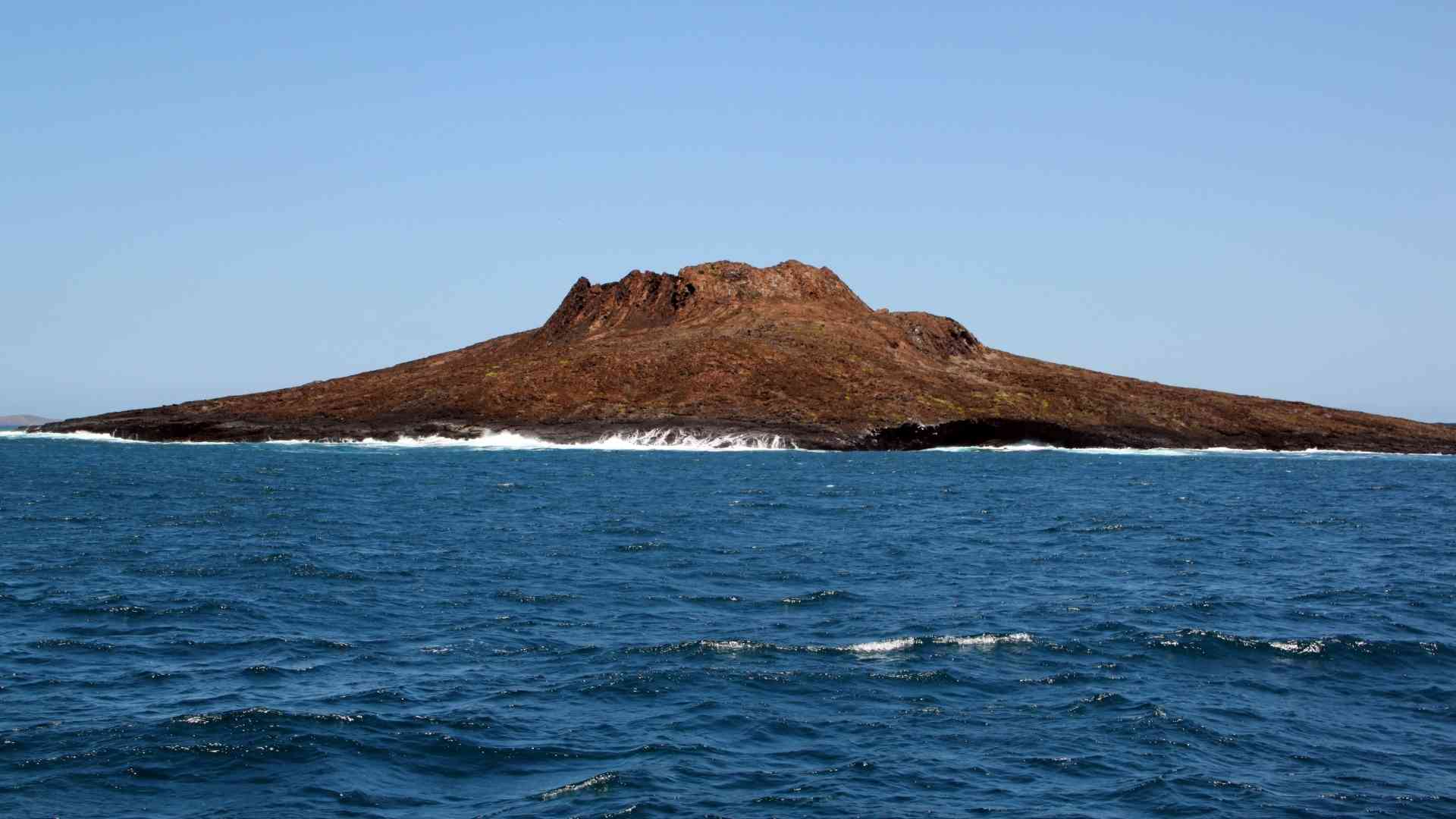
Photo: Canva – Goddard_Photography
Bartolome Island: A short hike takes you to Bartolome’s highest point for an amazing view. Around Pinnacle Rock, you can see sea lions or penguins. The sandy beach is great for swimming and snorkeling.
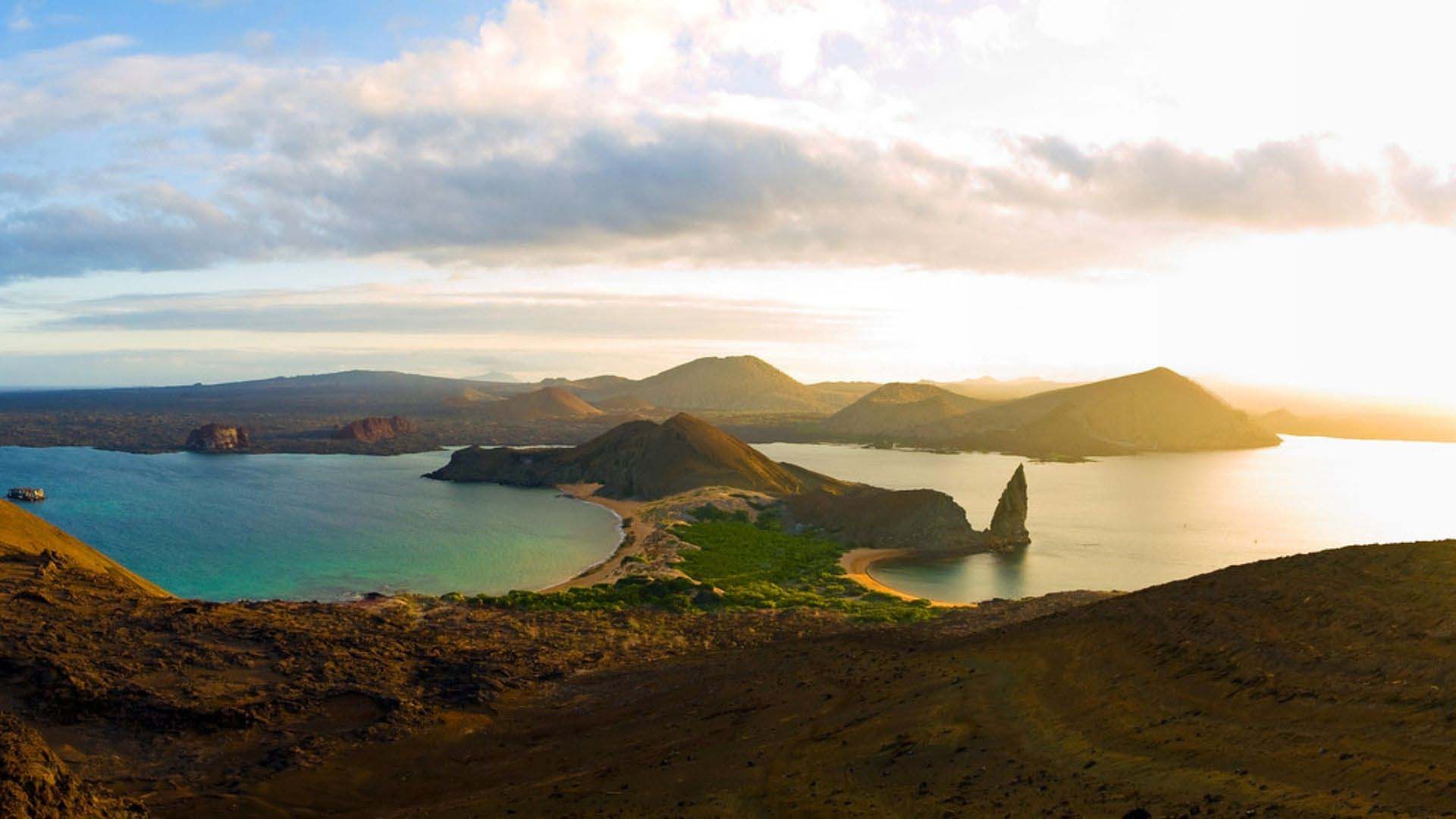
© Latin Trails
Day 4 : Rábida Island / Santa Cruz Island
Rabida Island is a tiny island that has a beach with dark coral red sand. The lagoon, with its flamingos, the pelican breeding site, the sea lion bachelor colonies, and the snorkeling area at the end are all highlights.
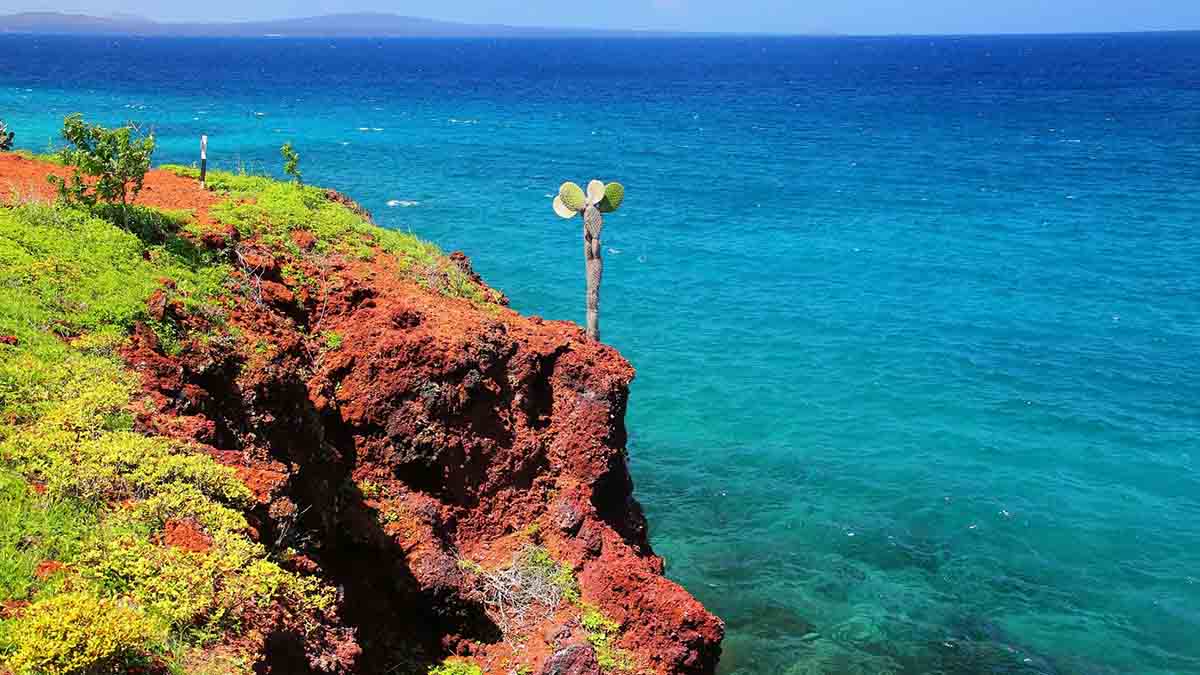
Photo: Donyanedomam
Santa Cruz Island: Dragon Hill is situated on the northwest side of Santa Cruz Island. Highlights include the small lagoons with Flamingos and Palo Santo Trees. Opuntia Cactus is also present. Land Iguanas are also present.
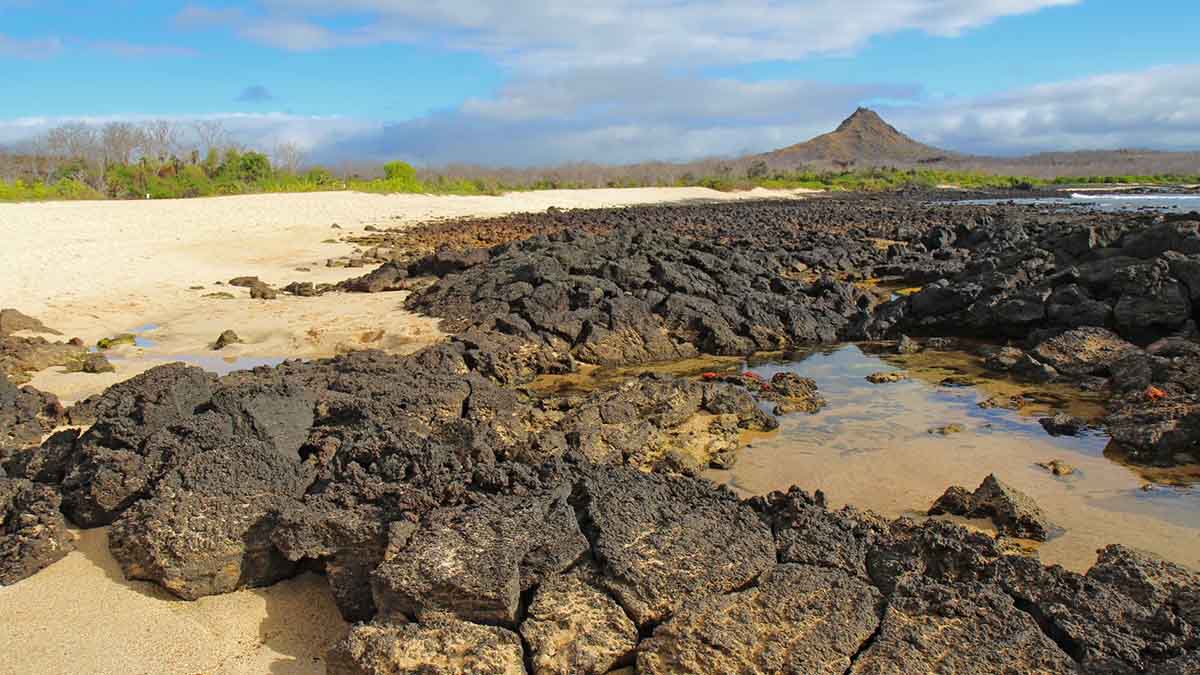
Photo: sgoodwin4813
Day 5 : Santa Cruz Island
The Highlands of Santa Cruz. Galapagos Giant Tortoises are seen wild on the Highlands of Santa Cruz.
Charles Darwin Station: Visit Charles Darwin Station, a National Park Information Center and research facility. Charles Darwin Station is home to a land iguana and giant tortoise breeding program.
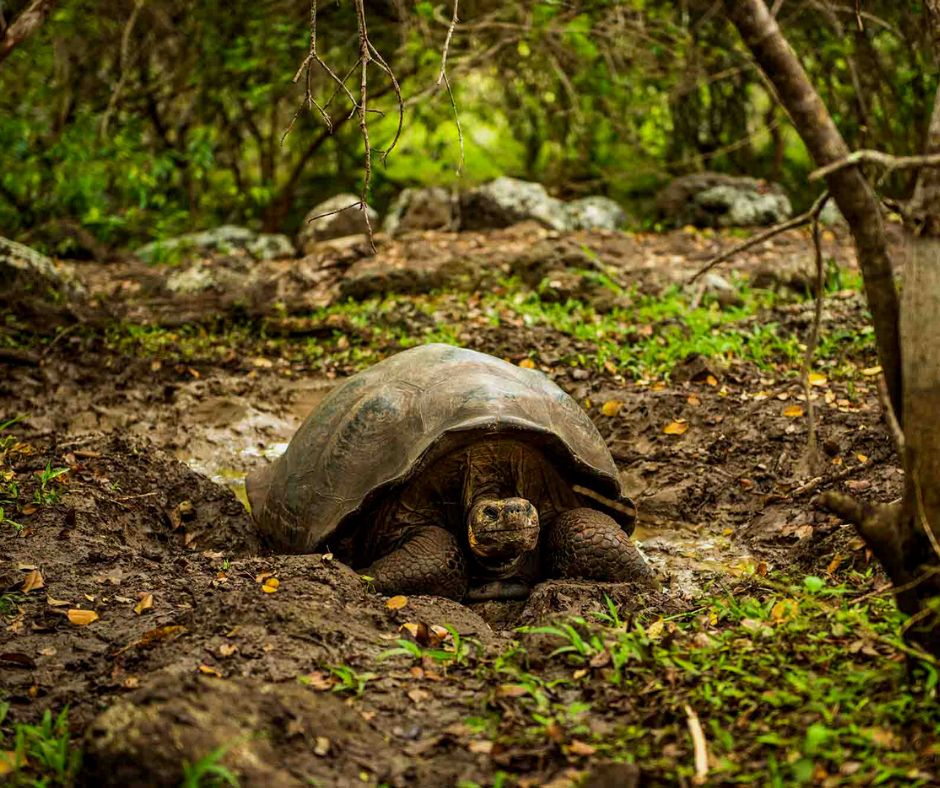
Day 6 : Española (hood) Island
Hood Island is located in Espanola and is one of the Southern Islands. It is also the oldest island. A unique variety of endemic plants and animals evolved in this remote area.
Punta Suarez: There is a wide variety of wildlife in Punta Suarez. The blowhole is located along the cliff where the seawater can be forced up to 20m. Highlights include the Waved Albatross that is only found in Hood (April to December), Galapagos Hawks and blue-footed, Nazca, and Espanola Lava Lizards.
Gardner Bay is located in the northeastern part of the island. It has an extensive white-sanded beach that’s home to sea lion colonies.
Islote Gardner and Islote Osborn are two snorkeling spots where you can see a variety of tropical fishes, turtles and reef sharks.
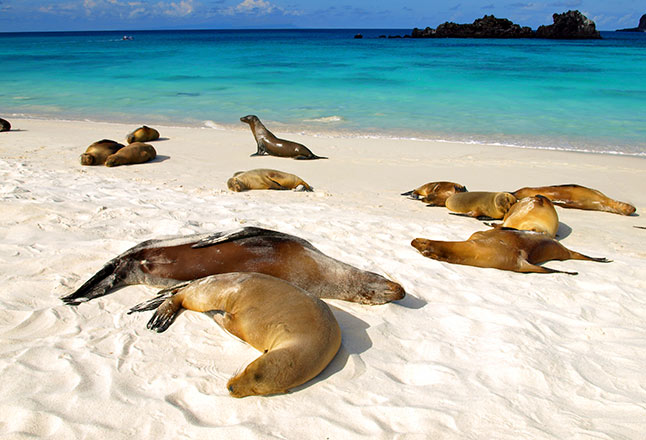
Day 7 : Santa Fe Island / South Plazas Island
Santa Fe Island is 24km2. Santa Fe visitor center is situated on the north-east end of the Island. Santa Fe’s land iguanas are one of the highlights. Other attractions include a sea lion colony and mockingbirds.
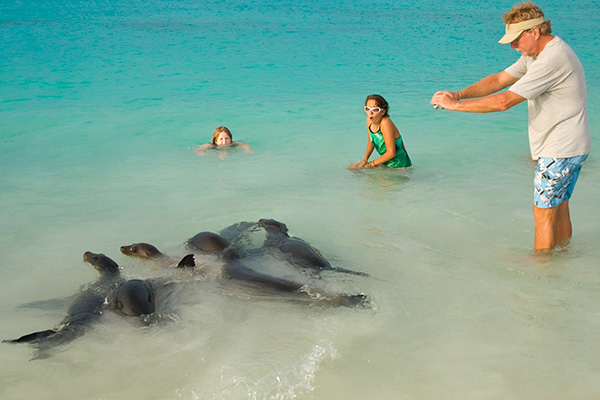
© Latin Trails
South Plaza Island: Plazas is made up of two small islands, which were raised from the ocean and separated by a narrow channel. South Plazas is the only island with a visitor’s site. Highlights include the tall Opuntia Cactus and land and marine Iguanas. Also, there is a large rocky cliff which overlooks open ocean and serves as a nesting area for red-billed tropical birds, gulls and seal lion bachelor colonies.
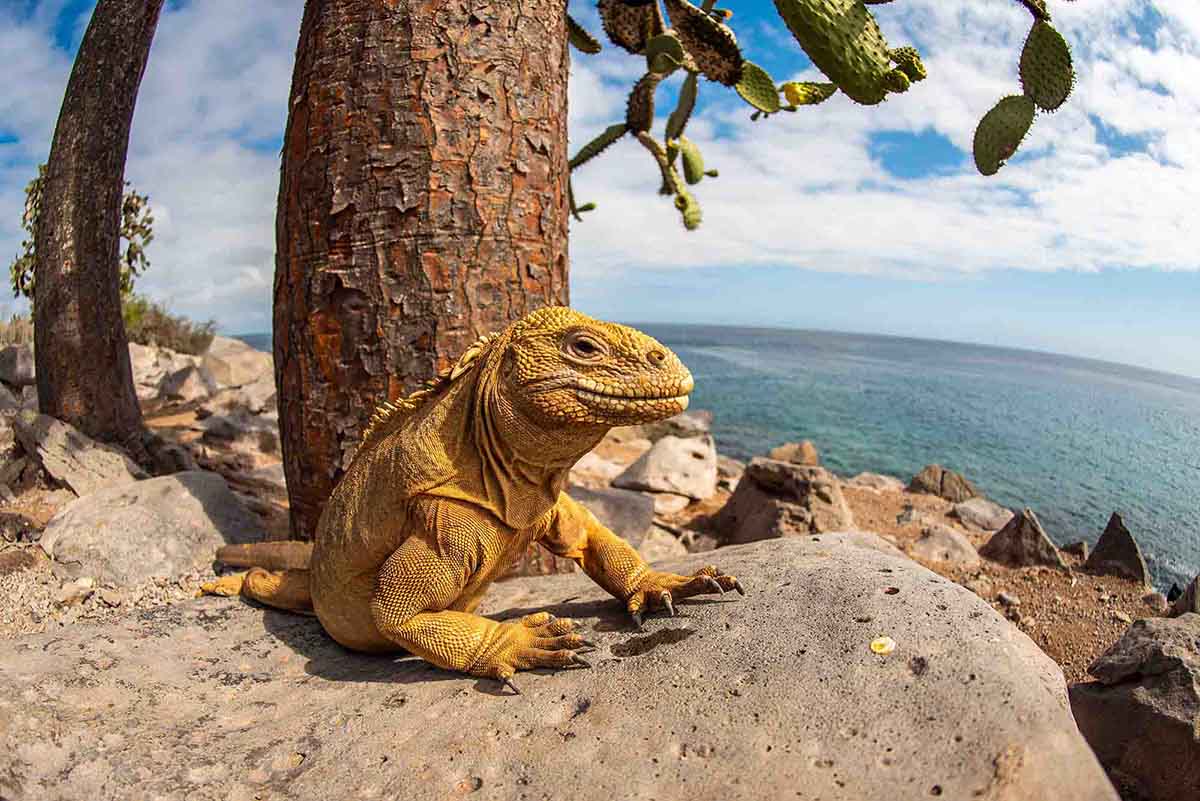
Day 8 : Santa Cruz Island / Baltra For Return Flight To Quito
Santa Cruz Island
Los Gemelos: These two sunken craters, surrounded by endemic Scalecia trees, are also known as The Twins. These craters are beautiful, and they’re home to finches and yellow warblers.
Baltra Island: Return flight to Quito
Land iguanas, marine iguanas, fur seals, lava lizard, Galapagos snake, magnificent frigate bird, blue-footed boobies, red-footed boobies, short-eared owls, lava herons, cactus finch, sea lions, giant tortoise reserve, Nazca boobies, swallow-tailed gulls, sea lions, Galapagos hawk, hood mockingbirds, flamingos, Galapagos penguins
